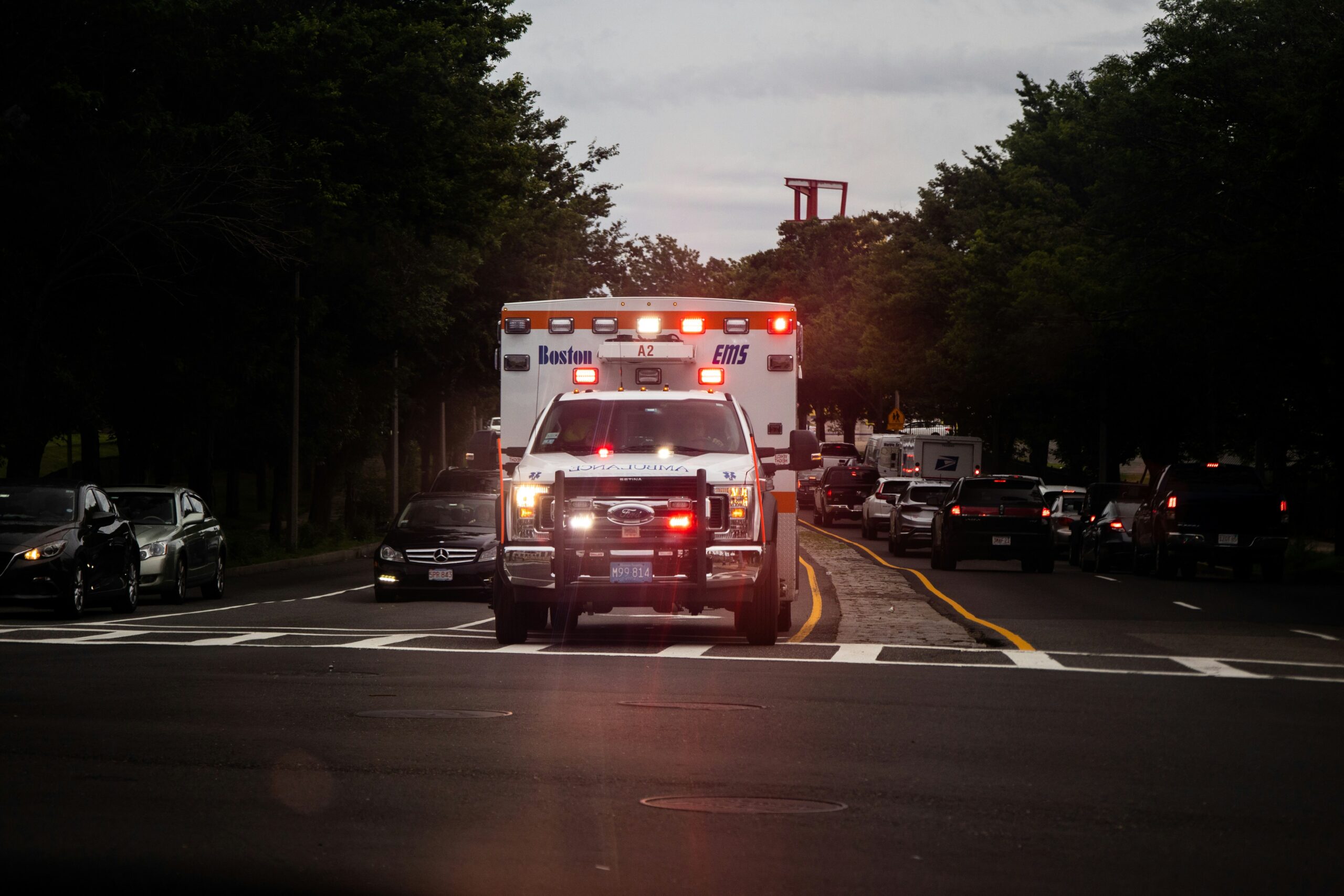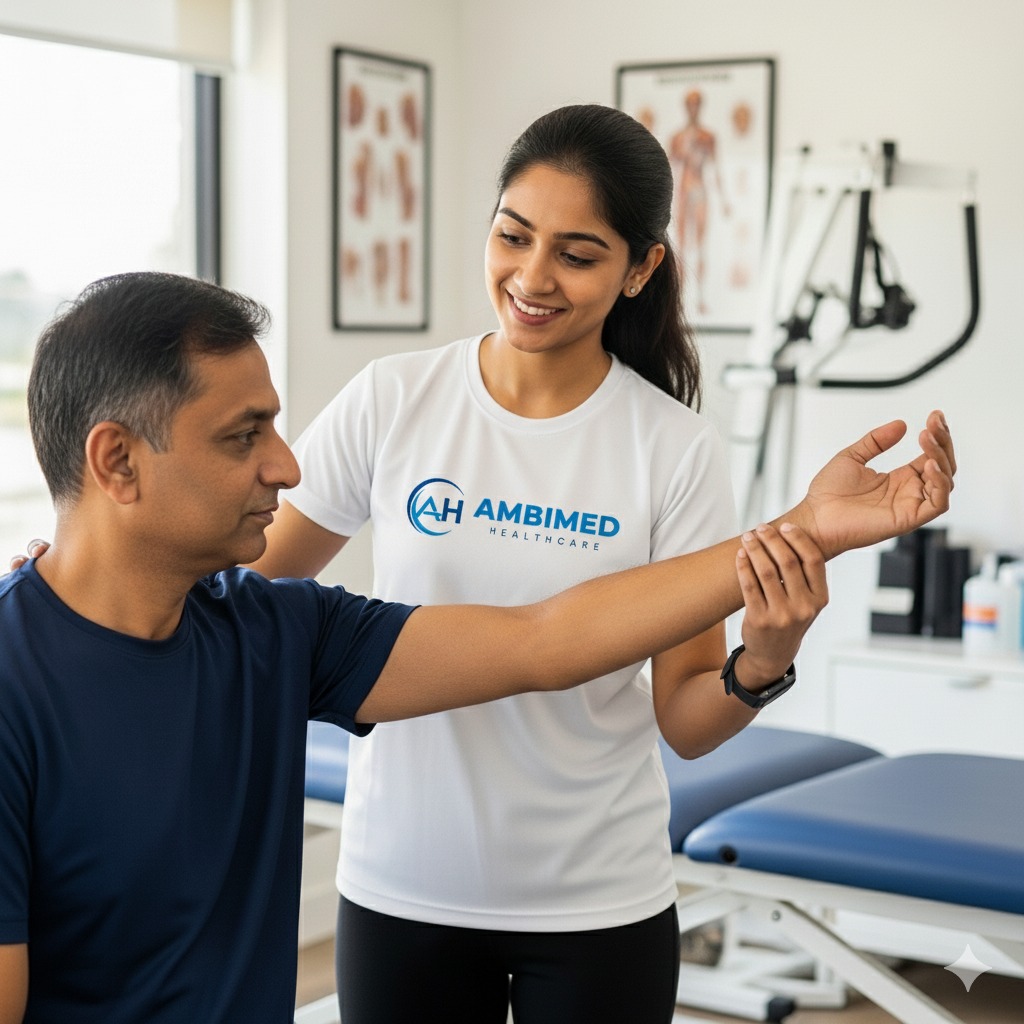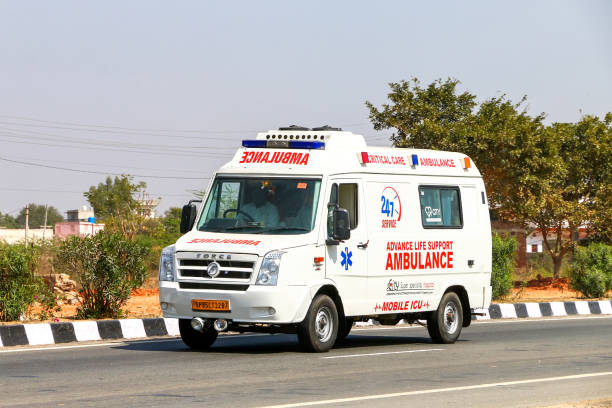In emergencies, time isn’t just money—it’s life. Here’s why reducing ambulance response time is critical for saving lives.
When a medical emergency strikes, every second matters. Yet in India, average ambulance response times can stretch to 40–50 minutes—delays that can mean the difference between survival and tragedy. At Ambimed, we’re changing that narrative. With our smart dispatch system, real-time GPS tracking, and extensive partner network, we aim to reach patients within 5–15 minutes. In this article, we explore why fast ambulance response is not just a convenience, but a lifesaving necessity.
The Reality on Ground
India’s emergency infrastructure faces major challenges: overcrowded cities, limited ambulance availability, traffic congestion, and lack of centralized coordination. These factors contribute to delays that put lives at risk. A significant portion of patients fail to reach hospitals in time to receive timely intervention. That’s where tech-enabled solutions like Ambimed make a difference.
The Golden Hour: Why It Matters
The “golden hour” refers to the critical first 60 minutes after a traumatic injury, cardiac arrest, or medical emergency. Studies consistently show that survival rates and long-term outcomes improve dramatically when patients receive medical care within this timeframe. The faster a patient is stabilized and transported, the better their chances of recovery.
Technology That Saves Time—and Lives
Ambimed leverages technology to bridge the gap between emergencies and emergency care. Key features include:
- GPS-based dispatching to locate and assign the nearest ambulance instantly
- Real-time tracking for patients, families, and hospital teams
- A dedicated hospital dashboard to monitor and manage ambulance inflow
These systems minimize delays, streamline communication, and ensure that every minute is used efficiently.
Building a Faster Future
Ambimed is committed to transforming emergency care across India. By forming strategic partnerships with hospitals, ambulance providers, and residential communities, we are building a scalable and sustainable solution for both urban and rural areas. Our goal is to ensure that anyone, anywhere, can get help in minutes—not hours.
Final Thought
In emergency medicine, every second is a chance to save a life. Quick ambulance response is not just about convenience—it’s a critical part of public health infrastructure. With the right technology, coordination, and intent, we can make India’s emergency response smarter, faster, and more reliable.




